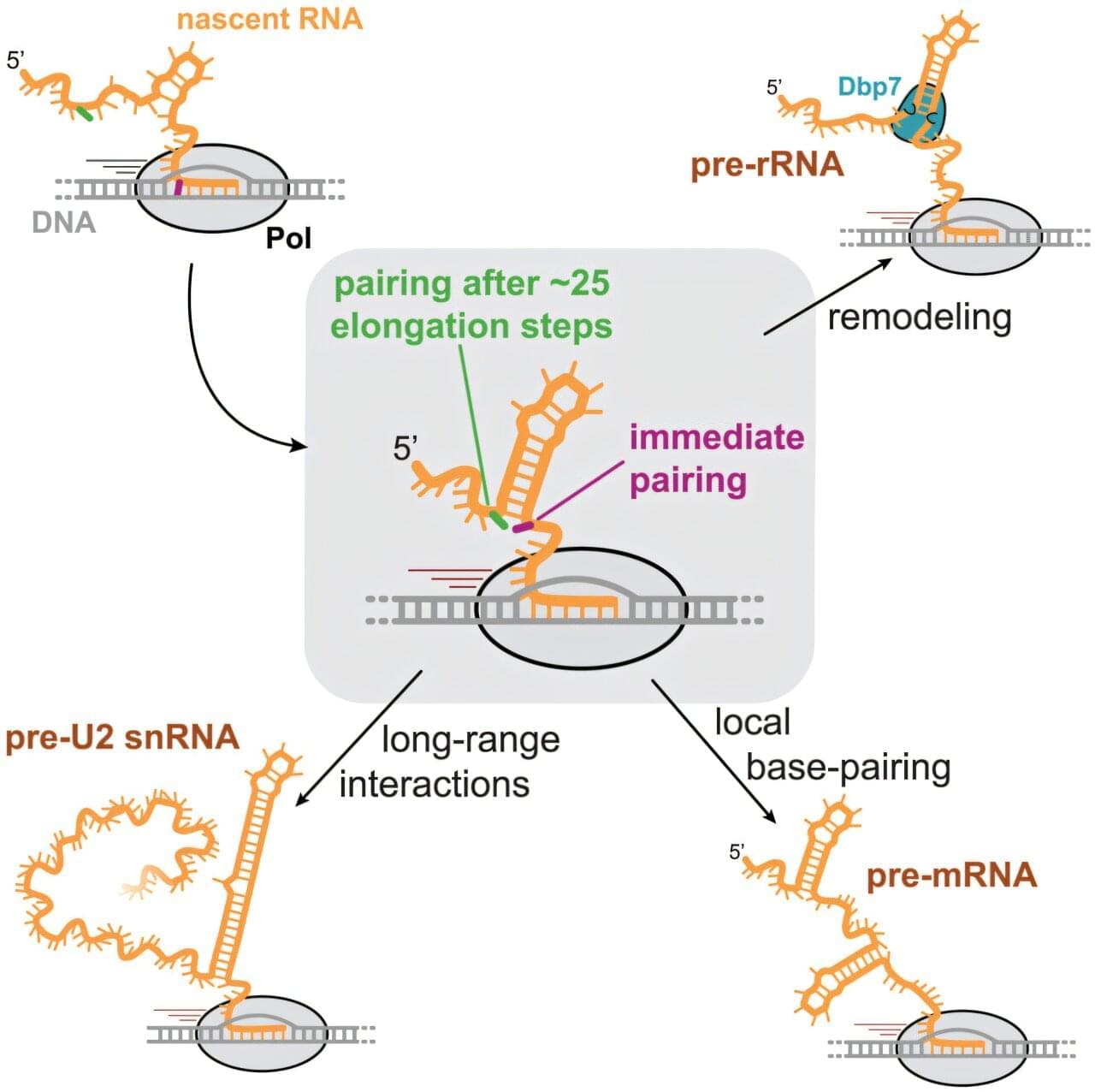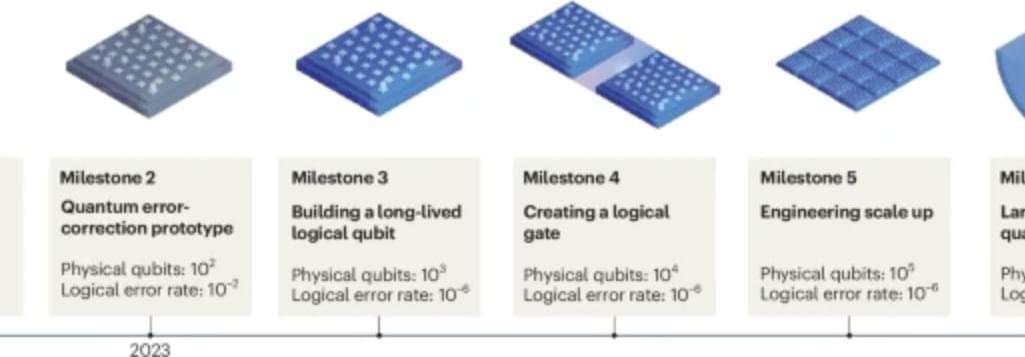The ability to teleport between two supercomputers is a leap for humanity. It is achieved between quantum computers in a world first with major implications.
“It’s Huge, and It’s Been Hidden for This Whole Time”: Astronomers Staggered by Discovery of Eos, a Giant Glowing Cloud in Space
Posted in innovation, space | Leave a Comment on “It’s Huge, and It’s Been Hidden for This Whole Time”: Astronomers Staggered by Discovery of Eos, a Giant Glowing Cloud in Space
IN A NUTSHELL 🌌 Astronomers discovered Eos, a massive molecular cloud just 300 light-years from Earth, using innovative detection methods. 🔍 Eos eluded previous detection due to its low carbon monoxide content, highlighting the need for new observational techniques. 🌠 The cloud’s crescent shape is influenced by interactions with the North Polar Spur, offering insights
When RNA molecules are synthesized by cells—a critical process in the creation of proteins and other cellular functions—they typically undergo a series of “folding” events that determine their structure and the role they will play in expressing genetic information in living organisms.
Until recently, however, not much was known about these folding processes that occur very early in the life of RNA molecules.
But Yale researchers have now developed a method to map and measure the structure of RNA as it develops, an advance that may help scientists design more effective treatments for a host of diseases. Their findings are described in the journal Molecular Cell.
The ideal material for interfacing electronics with living tissue is soft, stretchable, and just as water-loving as the tissue itself—in short, a hydrogel. Semiconductors, the key materials for bioelectronics such as pacemakers, biosensors, and drug delivery devices, on the other hand, are rigid, brittle, and water-hating, impossible to dissolve in the way hydrogels have traditionally been built.
A paper published today in Science from the UChicago Pritzker School of Molecular Engineering (PME) has solved this challenge that has long stymied researchers, reimagining the process of creating hydrogels to build a powerful semiconductor in hydrogel form. Led by Asst. Prof. Sihong Wang’s research group, the result is a bluish gel that flutters like a sea jelly in water but retains the immense semiconductive ability needed to transmit information between living tissue and machine.
The material demonstrated tissue-level moduli as soft as 81 kPa, stretchability of 150% strain, and charge-carrier mobility up to 1.4 cm2 V-1 s-1. This means their material—both semiconductor and hydrogel at the same time—ticks all the boxes for an ideal bioelectronic interface.
New research shows that people’s sensitivity to their internal bodily signals influences how closely they align with group moral preferences in dilemmas.
A large neuroimaging study has identified a brain circuit linked to creativity—and found that damage to this network, from injury or disease, can sometimes enhance creative expression. The findings offer new insight into how the brain enables creative thinking.
Since 1998, we’ve known our Universe isn’t just expanding, but the expansion is accelerating. Could the Big Bang itself be the reason why?
The Quantum Insider (TQI) is the leading online resource dedicated exclusively to Quantum Computing.
Physicists are trying to ditch the concept of space-time – the supposed fabric of physical reality. Quantum columnist Karmela Padavic-Callaghan explains why.
The concept of nothing once sparked a 1000-year-long war, today it might explain dark energy and nothingness even has the potential to destroy the universe, explains physicist Antonio Padilla








